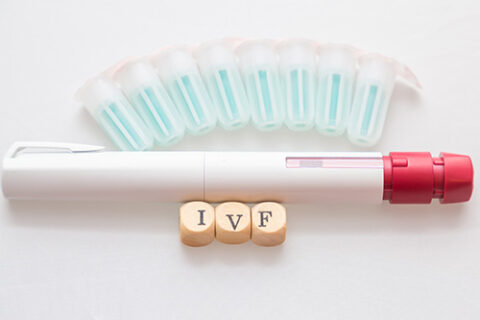In-vitro fertilization clinics also serve as women’s health centres. Each woman referring to the clinic is also assessed in terms of general gynaecological status. In this sense, complete blood count, blood type analysis, fasting blood glucose, lipid profile, blood levels of some vitamins, thyroid function tests, cervical sampling (pap smear), and breast examination (ultrasonography and mammography) are performed according to the medical history. Endocrinological and other consultations may also be performed for any previously diagnosed disorders.
Your ovarian reserve and potential vaginal and uterine tube problems are reviewed, and some hormone tests are ordered along with a general examination on the 2nd or 3rd day of the menstrual period. Beyond the menstrual period, disorders of the uterine cavity are searched and a hysterosalpingography may be ordered if necessary. The male partner gives a sperm sample after sexual abstinence for 2 to 5 days.
Patients with suspicious sperm analysis are advised to give a new sperm sample after a 2 to 3-week interval and urological examination, hormone analysis and genetic analysis are done when necessary.
Hysteroscopy (monitoring the intrauterine cavity by a camera) and laparoscopic operations (closed surgical procedure) may be required for intrauterine disorders (polyp, myoma), uterine tube disorders and ovarian cysts.
To manage health problems (diabetes, goitre, anaemia, heart disease) of the couple, weight loss for the patients with higher body mass indexes and quitting smoking for the smokers would provide positive contributions to the therapy.




